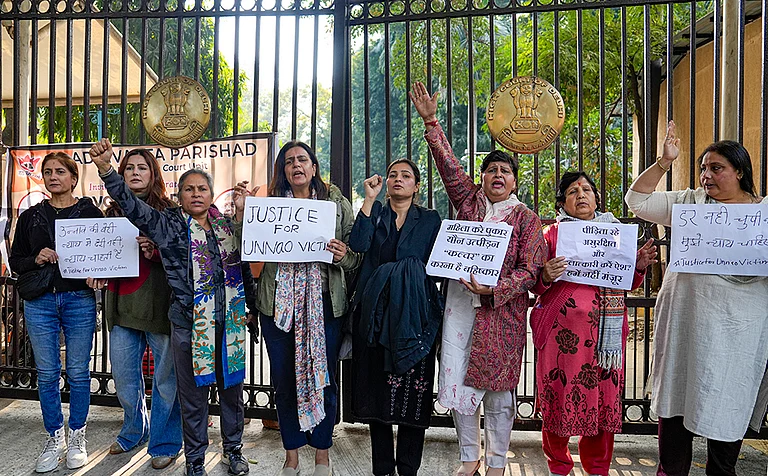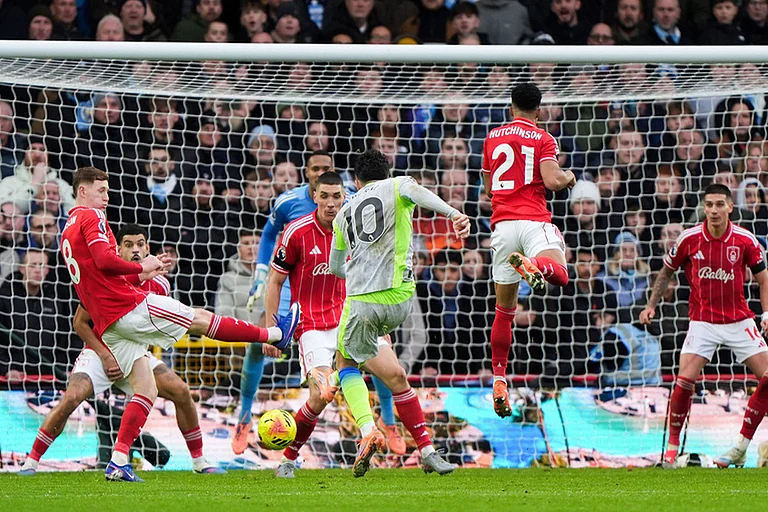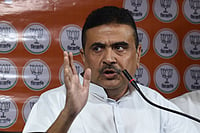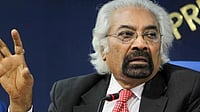
The most significant reform to have happened in the past decade is getting in private players in banking, insurance, telecom, petroleum and aviation. But we have to tackle labour laws, corruption and the bureaucracy. The Land Ceiling Act in Maharashtra must go. I expect India to do well across the board in the future.
Adi Godrej, chairman, Godrej group

Reforms pace has been slow in the past decade with all the government changes. But economic policymaking is now in the hands of experienced people. With infrastructure development in focus, manufacturing will grow to its potential. Indian MNCs from auto and parts, metals, software, pharma are the future.
B. Muthuraman, MD, Tata Steel

Since ’95, reforms have been hesitant. They haven’t gone far enough to help the poor though there has been a big reduction in poverty. We can reach 8-10 per cent growth by 2015 if we have a government with a strong reform commitment. I’m strongly positive, especially on the success of retail and value-added tax.
Naushad Forbes, director, Forbes Marshall

With interests in insurance, credit cards and MFs and our foreign presence, we want to be among the world’s top 50 banks by 2008. The focus is on agriculture, SMEs, infrastructure, retail and corporate financing, and relationship marketing. And the target is to increase profit share from foreign operations to 15 per cent.
A.K. Purwar, chairman, SBI

The essence of Reliance lies in its reach from grassroots to global leadership. It has evolved from scratch to a $23 billion enterprise in 27 years. The next 10 years will see greater momentum. It will fashion new paradigms in growth through greater global engagement and forays into technology-led businesses relevant to basic human needs.
Mukesh Ambani, CMD, RIL

For the next decade, I’m positive on the economy and I’m confident that my company will be more globalised. I’m also bullish on automobiles and auto components, IT and ITES, steel and textiles. But primarily, we have to change our mindset and governance system. The other important sectors are education and health.
Rahul Bajaj, chairman, Bajaj Auto
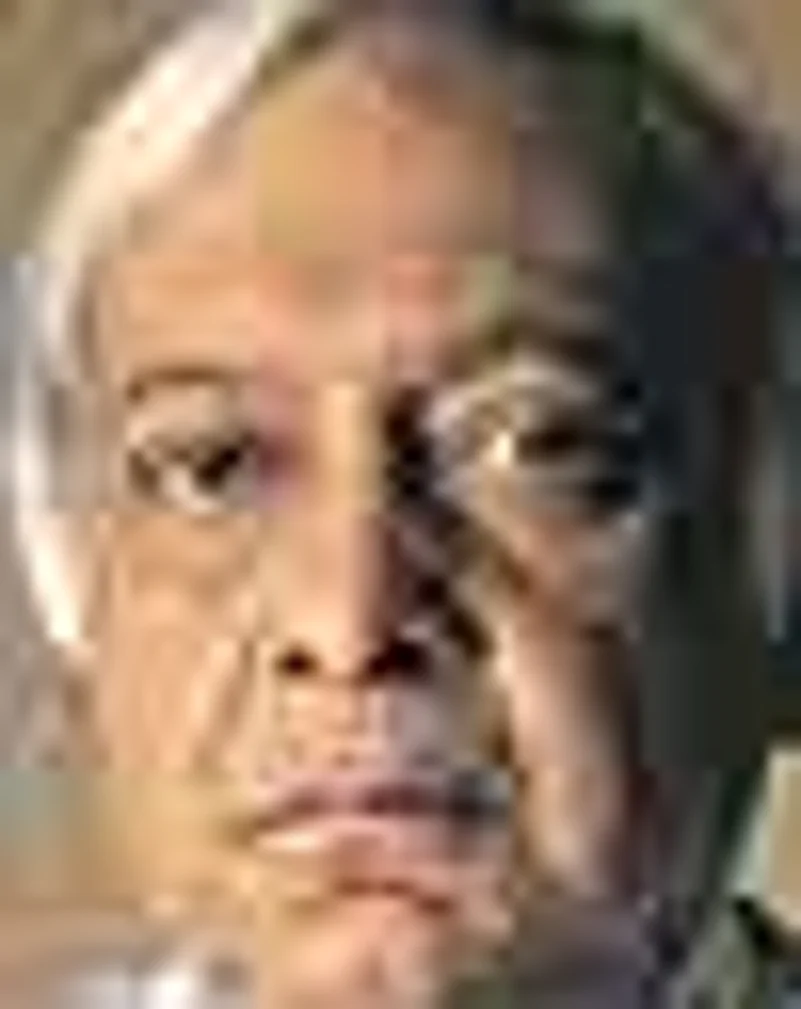
This decade began with record low crude prices (’97-98) to a record high now. Yet, from a net importer of products, we’re a net importer of crude. But the sector is not decontrolled, there’s no real autonomy or competition. The market doesn’t run on circulars. It runs on money. We can’t globalise if our energy policy is in a time warp.
Subir Raha, CMD, ONGC

The boom of the mid-’90s was followed by the worst recession in 1997-02. But the last two years were good for us. The focus is now on manufacturing and construction which will double steel use to 65 mt by 2012. Cheap inputs and infrastructure are the main constraints to this. Still, the outlook is bright for the next decade.
V.S. Jain, CMD, SAIL

Five years ago, we set out with a vision to transform L&T into an Indian MNC and we have made significant progress towards this. A consortium approach is helping us develop capabilities in areas such as deep-sea exploration, airports and power plants. There are opportunities opening up in oil and gas exploration, water management and power for us.
A.M. Naik, CMD, L&T

There are many areas where reforms have been inadequate: financial services, the socialistic legal framework, government corruption. Many people are above the poverty line but they lack housing, education, power and water. I’m bullish on the economy as well as my sector and company. I hope to see India only five years behind China in 2015.
Scott Bayman, president & CEO, GE India









